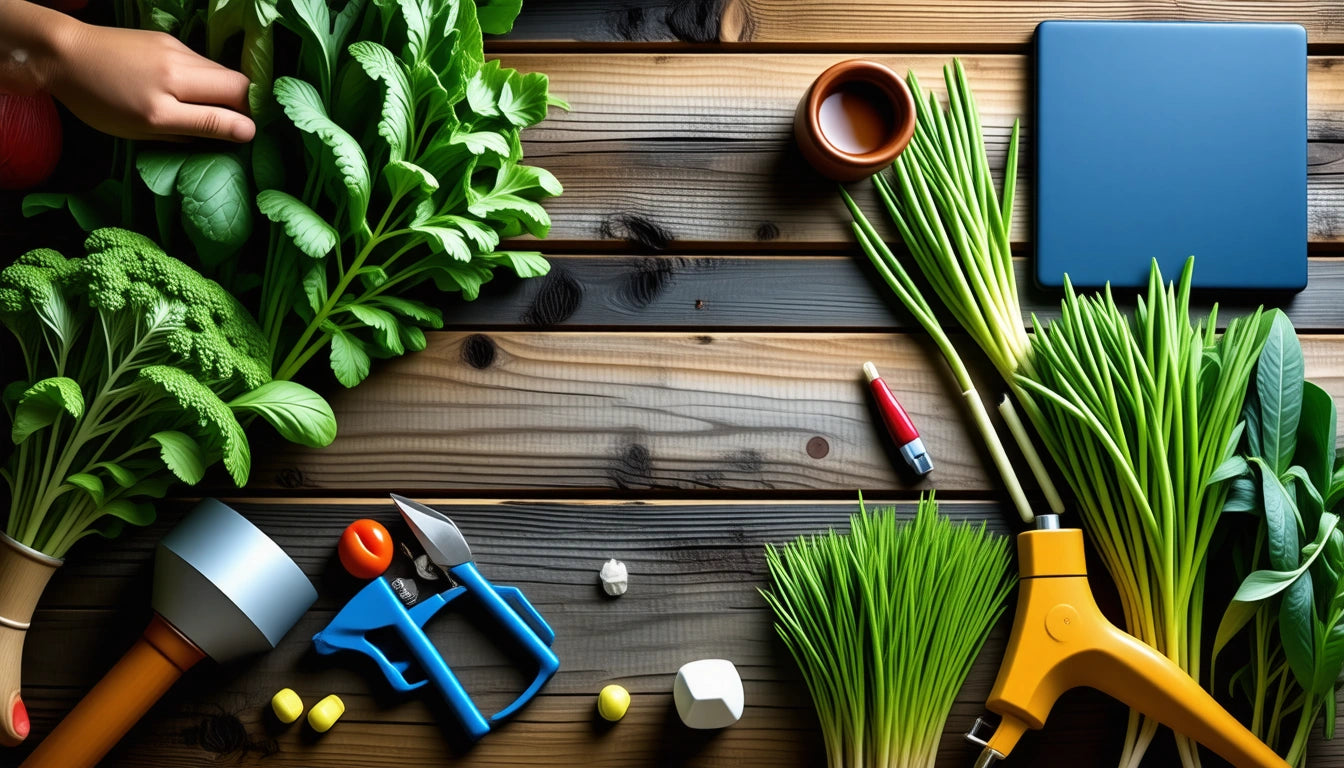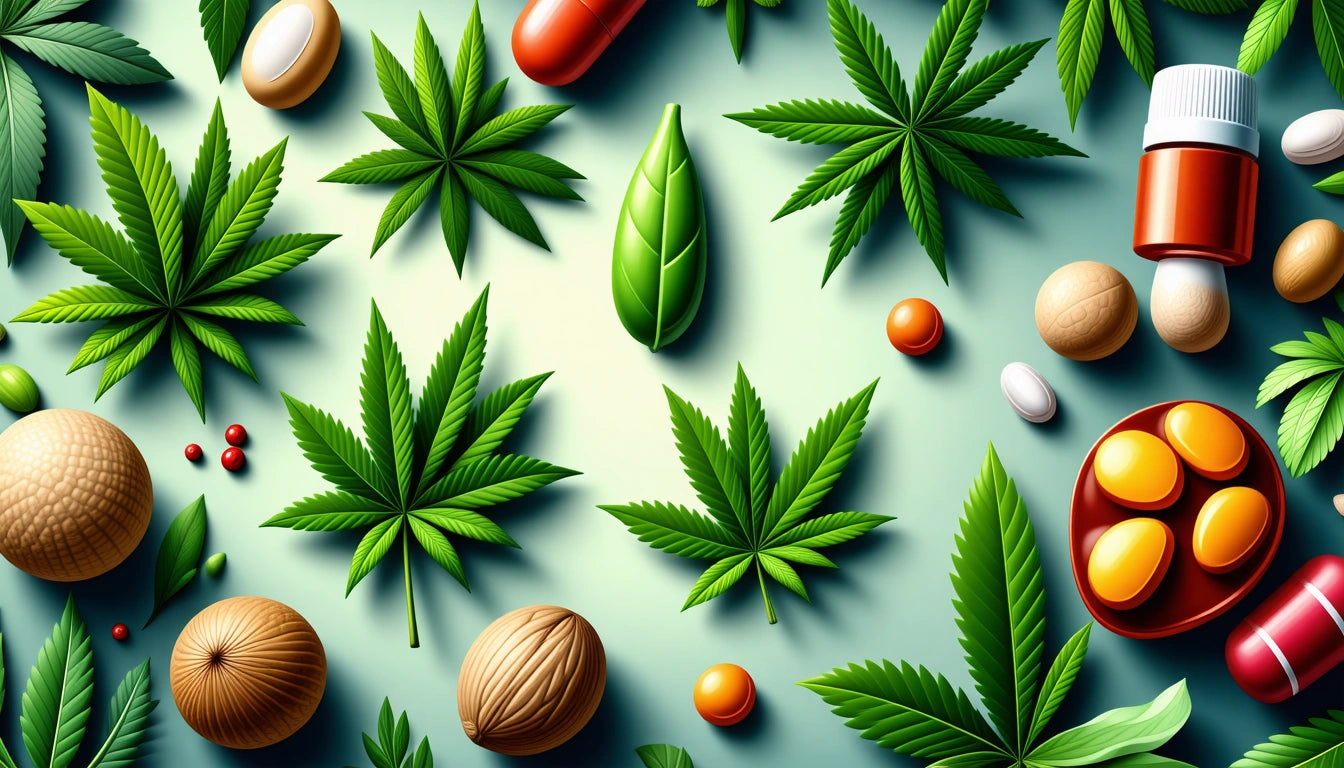Table of Contents
Mastering the Art of Harvesting: A Comprehensive Guide
Harvesting represents the culmination of months of careful cultivation and patience. Whether you're a home grower or commercial cultivator, understanding how to harvest properly ensures you maximize the quality and potency of your final product. This comprehensive harvest guide walks you through every step of the process, from determining the perfect moment to harvest to properly curing your crops for optimal results.
Determining the Perfect Harvest Time
Knowing when to harvest is perhaps the most critical decision in the entire growing process. Harvest too early, and you sacrifice potency and yield. Harvest too late, and you risk degradation of valuable compounds. According to our guide on harvest timing, there are several reliable indicators to watch for:
- Trichome color and development (clear to cloudy to amber)
- Pistil color changes (white to orange/brown)
- Fan leaf yellowing and natural defoliation
- Bud firmness and density
For most varieties, the ideal harvest window occurs when trichomes have turned mostly cloudy with some amber coloration beginning to appear. This balance typically provides the optimal combination of psychoactive effects and medicinal benefits.
Essential Harvesting Tools and Equipment
Having the right tools makes harvesting significantly more efficient and helps preserve the quality of your crop. Essential harvesting equipment includes:
Cutting and Trimming Tools
- Sharp, clean pruning shears or scissors
- Trimming scissors with comfortable grips
- Gloves to prevent resin buildup on hands
- Trim trays to collect valuable trim
Processing Equipment
For larger operations, specialized filling and processing equipment can dramatically improve efficiency and consistency in your post-harvest workflow. These tools help maintain quality standards while increasing throughput during critical processing stages.
Harvesting Techniques and Best Practices
How do you harvest properly? The technique varies depending on your scale and specific needs, but our comprehensive harvesting guide recommends these core steps:
Whole Plant vs. Sectional Harvesting
You can either harvest the entire plant at once or take a sectional approach, harvesting the mature upper portions first and allowing lower buds to develop further. For plants with varied maturity levels, sectional harvesting often yields better overall results.
Wet vs. Dry Trimming
Wet trimming (immediately after cutting) is easier and faster but may result in a harsher flavor profile. Dry trimming (after initial drying) preserves more terpenes but requires more space during the drying phase. Each method has advantages depending on your specific circumstances and goals.
For those interested in rare harvest techniques, some cultivators experiment with extended darkness periods before harvesting to potentially increase resin production, though scientific evidence for this remains limited.
Post-Harvest Processing and Curing
After harvesting, proper drying and curing are essential for developing optimal flavor, smoothness, and potency. Our complete guide to post-harvest processing outlines these critical steps:
Drying Process
- Hang plants or branches upside down in a dark room
- Maintain 60-65% humidity and 60-70 °F temperature
- Ensure good air circulation without direct fans
- Allow 7-10 days for proper drying
Curing Process
- Place dried buds in airtight glass containers
- Store in cool, dark location
- Open containers daily for first two weeks ("burping")
- Continue curing for 2-8 weeks for optimal results
Proper curing allows for the breakdown of chlorophyll and the preservation of terpenes, resulting in a smoother, more flavorful final product. This process is comparable to aging fine wine or spirits, where patience yields superior results.
Common Harvesting Mistakes to Avoid
Even experienced growers can make harvesting errors that compromise quality. According to our guide on harvesting for optimal potency, these are the most common pitfalls:
- Harvesting too early due to impatience
- Rough handling that damages trichomes
- Improper drying conditions (too fast or too slow)
- Skipping or rushing the curing process
- Cross-contamination from dirty equipment
- Inadequate storage conditions after curing
Taking the time to avoid these mistakes can significantly improve the quality and value of your harvest, whether for personal use or commercial distribution.
Harvesting for Future Success: Long-Term Strategies
Successful harvesting isn't just about the current crop but also preparing for future growth cycles. Our comprehensive home growing guide recommends these forward-thinking practices:
- Keep detailed harvest records to track timing and results
- Save and properly store genetics from exceptional plants
- Clean and sterilize growing spaces between cycles
- Analyze harvest results to refine future growing techniques
- Invest in scaling equipment as your operation grows
By treating each harvest as a learning opportunity, you can continuously improve your techniques and results over time. The most successful cultivators view harvesting not as an endpoint but as part of an ongoing cycle of improvement and refinement.
Whether you're harvesting your first crop or your fiftieth, these guidelines will help ensure you achieve the best possible results from your cultivation efforts. With proper timing, techniques, and post-harvest handling, you'll maximize both the quality and quantity of your harvest.











Leave a comment
All comments are moderated before being published.
This site is protected by hCaptcha and the hCaptcha Privacy Policy and Terms of Service apply.